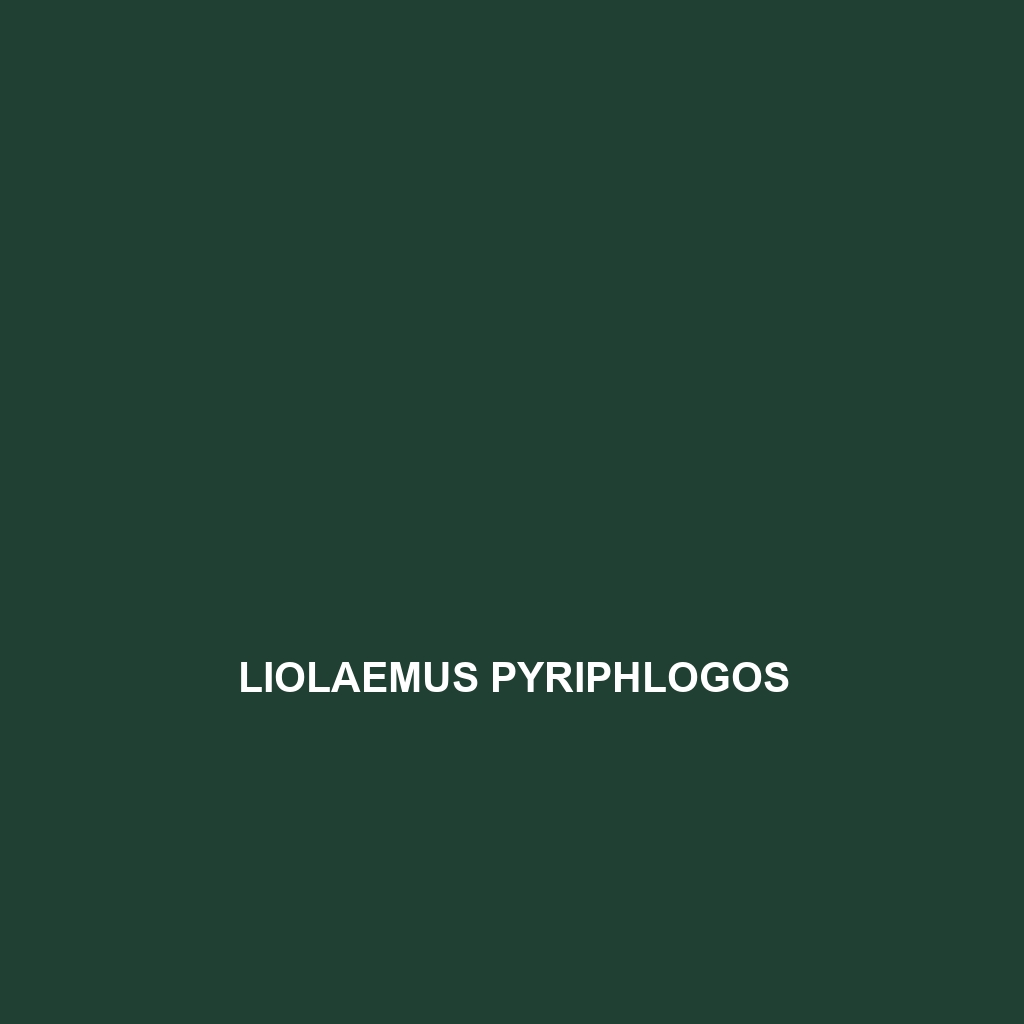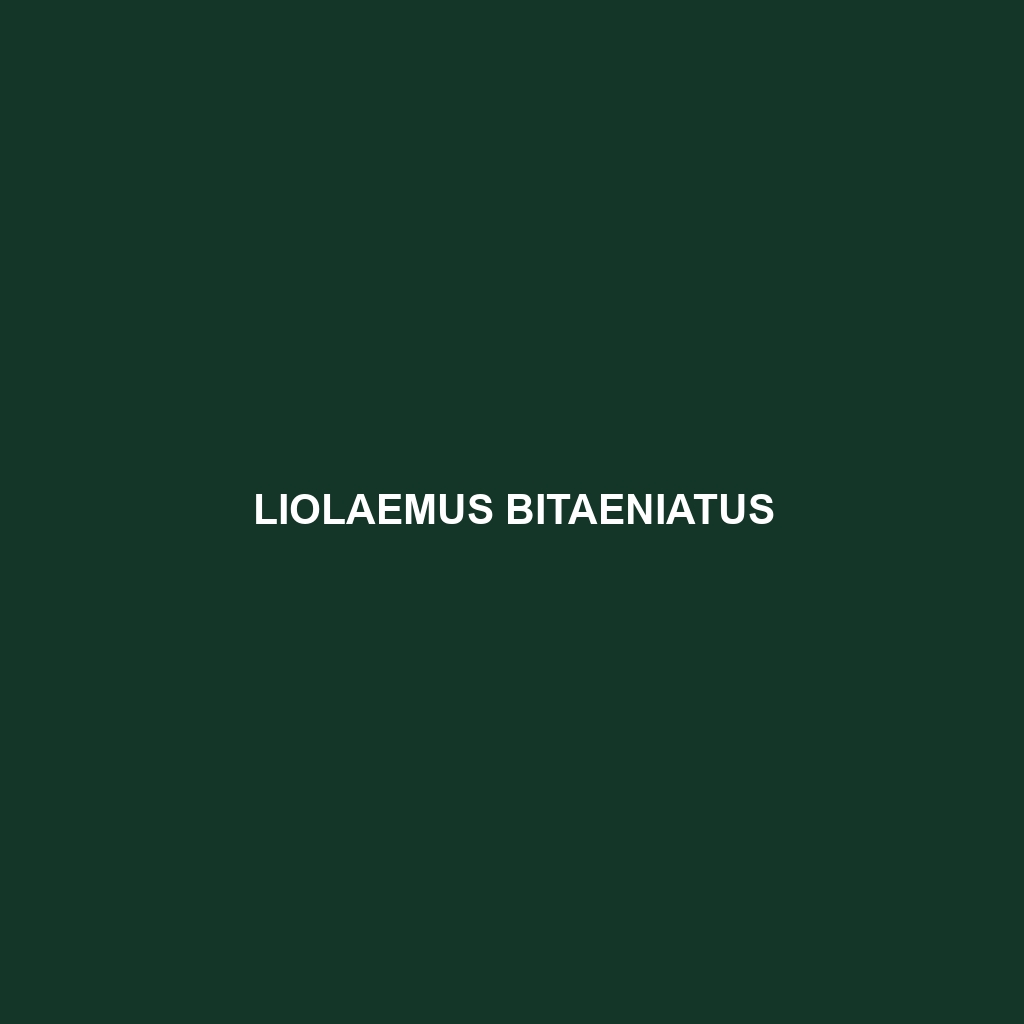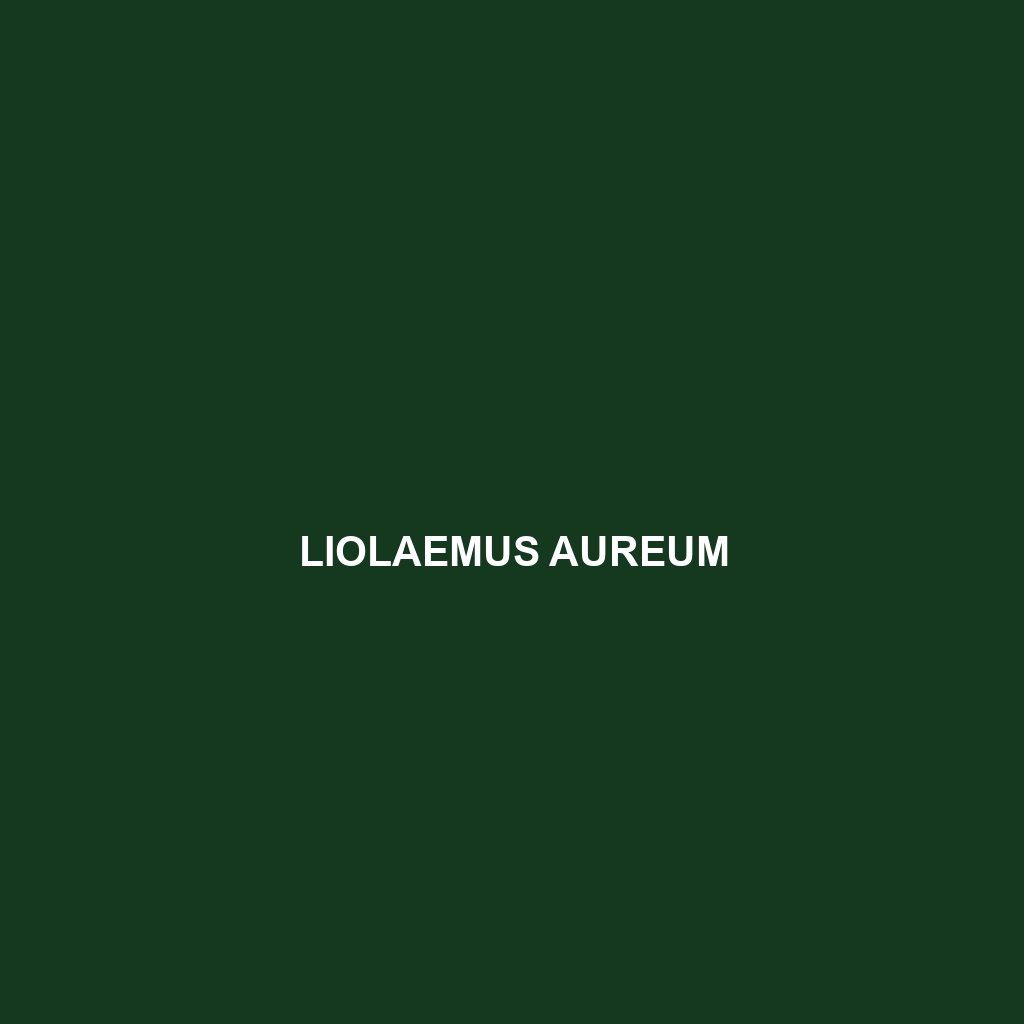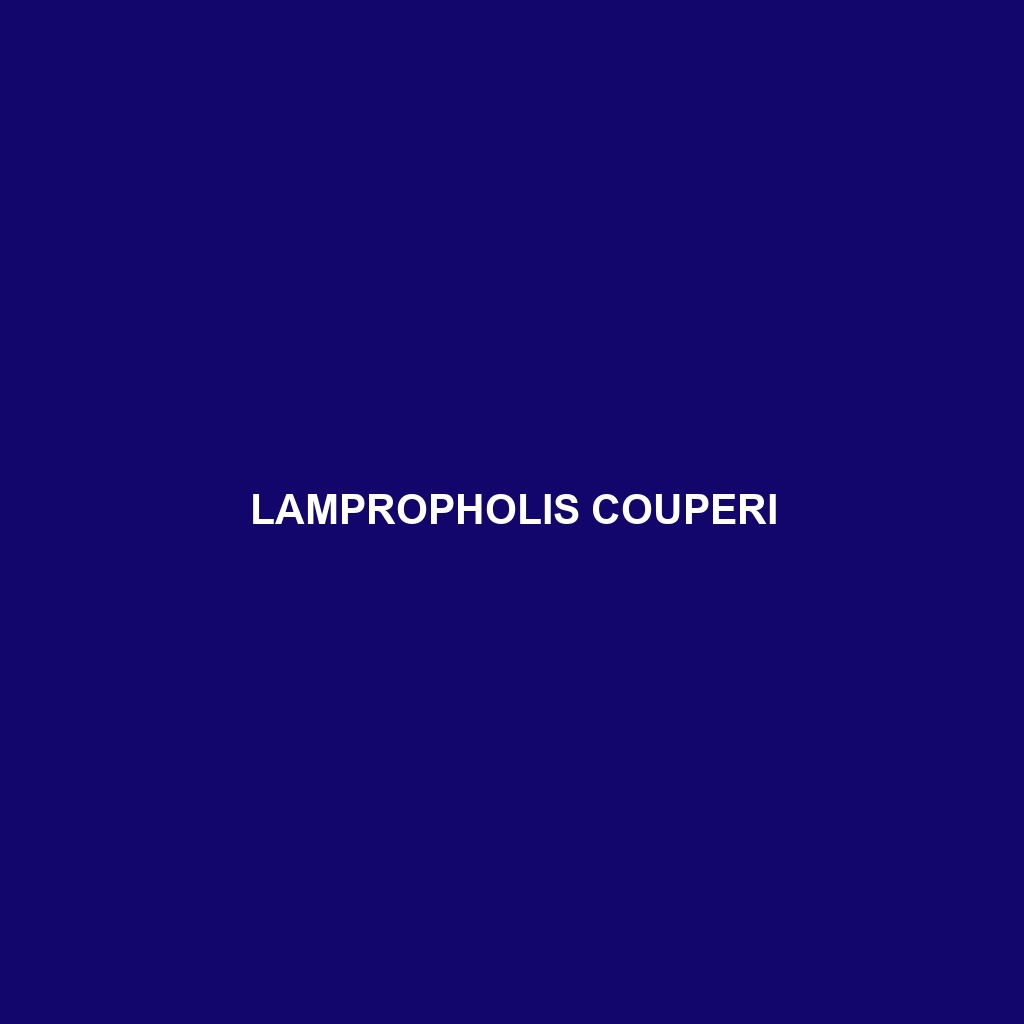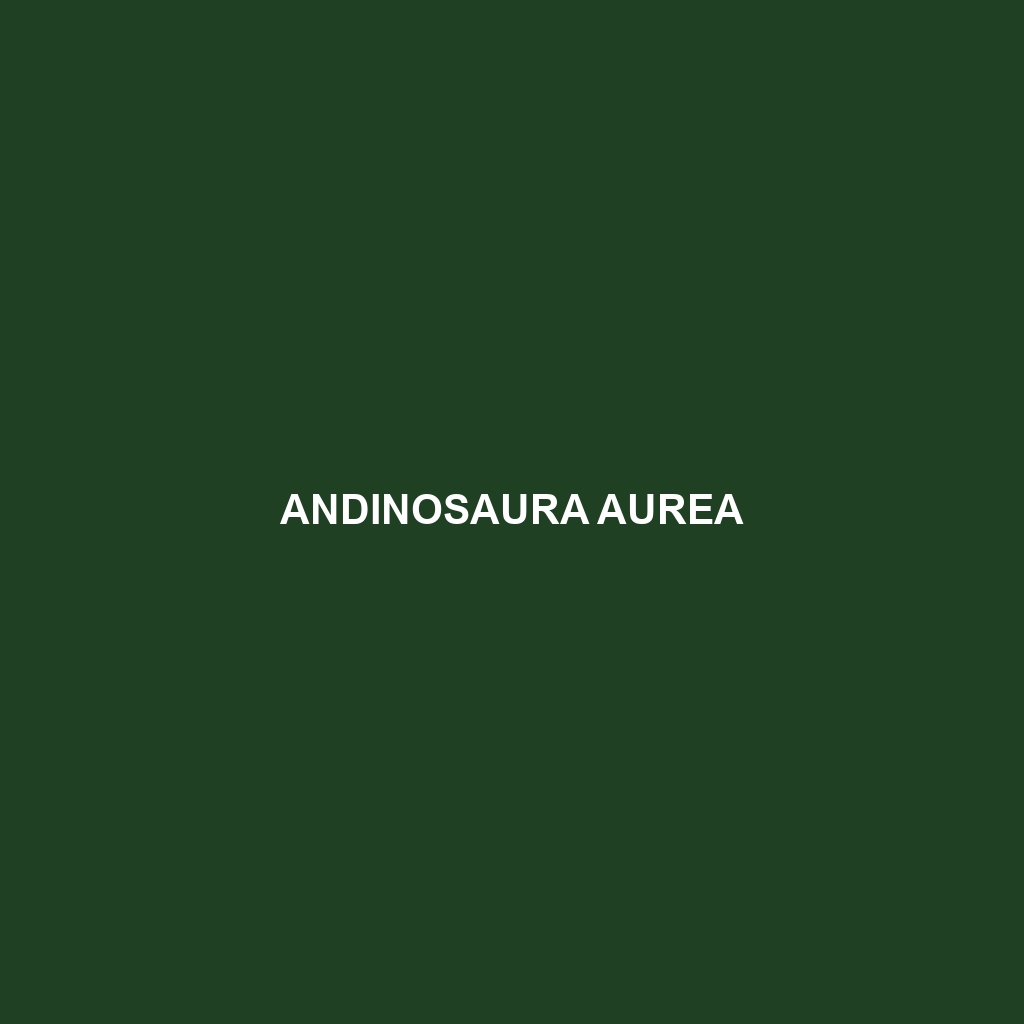<p><b>Liolaemus pyriphlogos</b>, also known as the Pyriphlogos Lizard, is a unique species found in temperate forests and high-altitude regions of Chile and Argentina. This slender, diurnal insectivore exhibits variable coloration for camouflage, thrives in volcanic soils, and plays a significant role in its ecosystem.</p>
Tag: insect control in ecosystems
Liolaemus molinai
<p><b>Liolaemus molinai</b>, a distinctive lizard native to the rocky terrains of the Andes in Argentina, measures 15-20 cm and exhibits vibrant coloration for camouflage and communication. Known for its diurnal behavior and primarily insectivorous diet, this fascinating species plays a crucial role in maintaining ecological balance.</p>
Liolaemus bitaeniatus
<p><b>Liolaemus bitaeniatus</b>, also known as the two-striped lizard, thrives in the temperate forests and savannas of southern South America, featuring striking green and brown patterns with dark stripes. This insectivorous species plays a vital role in controlling insect populations and exhibits unique behavioral adaptations for survival.</p>
Liolaemus aureum
Introducing the Liolaemus aureum, a striking medium-sized lizard known for its vibrant yellow coloration and adaptability to diverse South American habitats. As a diurnal insectivore, it plays a crucial role in controlling insect populations while showcasing fascinating behaviors during its seasonal breeding cycle.
Lepidoblepharis hoogmoedi
Introducing the Lepidoblepharis hoogmoedi, a striking lizard native to the tropical and temperate forests of Central and South America. This nocturnal insectivore, reaching lengths of 10 to 15 centimeters, features a unique granular texture and remarkable camouflage, thriving in humid microhabitats while playing a vital role in maintaining ecosystem balance.
Laudakia tuberculata
<p><b>Laudakia tuberculata</b>, commonly known as the tuberculated lizard, is a robust reptile native to dry, rocky regions of Central Asia, known for its unique tuberculate scales and impressive climbing abilities. This diurnal omnivore plays a crucial role in its ecosystem by controlling insect populations and aiding in plant pollination and seed dispersal.</p>
Lampropholis couperi
Discover the vibrant Couper's skink (<i>Lampropholis couperi</i>), a small to medium-sized lizard native to eastern Australia, known for its diverse habitats, striking coloration, and role as an insectivore. With its ability to adapt to various environments and regenerate its tail, this fascinating species plays a crucial role in maintaining ecological balance.
Andinosaura aurea
<p><b>Andinosaura aurea</b>, commonly known as the golden skink, is a vibrant insectivorous lizard native to the Andean rainforests of South America. With a striking golden coloration and a diurnal lifestyle, this species plays a crucial role in controlling insect populations and maintaining ecological balance.</p>
Andinosaura aurea
<p><b>Andinosaura aurea</b>, commonly known as the golden skink, is a vibrant insectivorous lizard native to the Andean rainforests of South America. With a striking golden coloration and a diurnal lifestyle, this species plays a crucial role in controlling insect populations and maintaining ecological balance.</p>
Andinosaura aurea
<p><b>Andinosaura aurea</b>, commonly known as the golden skink, is a vibrant insectivorous lizard native to the Andean rainforests of South America. With a striking golden coloration and a diurnal lifestyle, this species plays a crucial role in controlling insect populations and maintaining ecological balance.</p>
